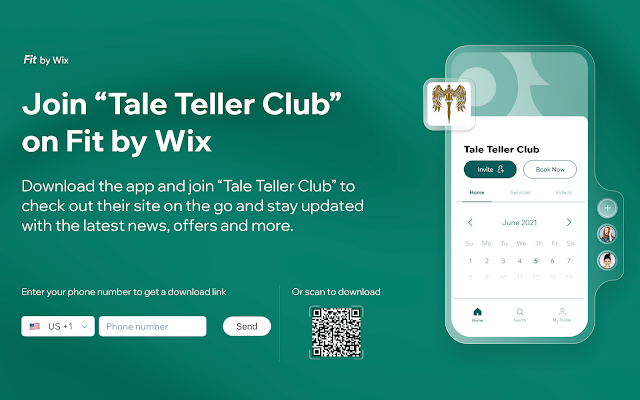Exploring the impact of neurologic music therapy (NMT) on individuals with Parkinson’s disease (PD):
Study Title: Randomized Controlled Trial of Neurologic Music Therapy in Parkinson’s Disease: Research Rehabilitation Protocols for Mechanistic and Clinical Investigations . Objective:Investigate the efficacy of NMT techniques, specifically Therapeutic Instrumental Music Performance (TIMP), in improving fine motor function in PD patients. Background:Existing medications and surgical treatments for PD often fall short in addressing fine motor problems, leaving patients with significant disability. Standard occupational therapy (OT) has limited efficacy, partly due to a lack of standardized protocols. NMT Techniques:Rhythmic Auditory Stimulation: This technique relies on the interaction between rhythm and movement. It has shown effectiveness in PD gait rehabilitation by utilizing neural pathways unaffected by PD. Therapeutic Instrumental Music Performance (TIMP): Another NMT technique that holds promise but hasn’t been thoroughly investigated in PD. Study Design:Participants: One hun...
